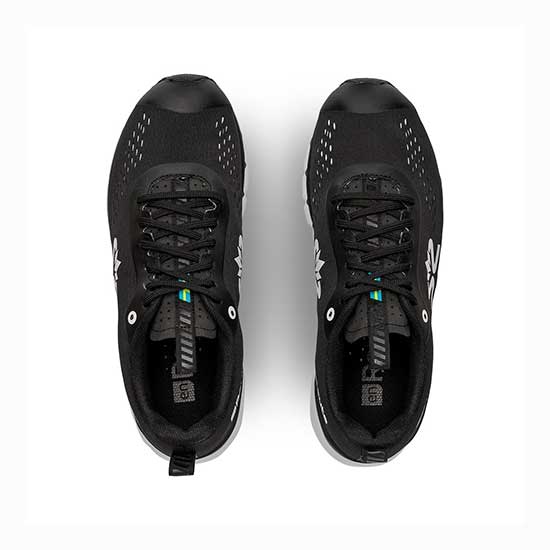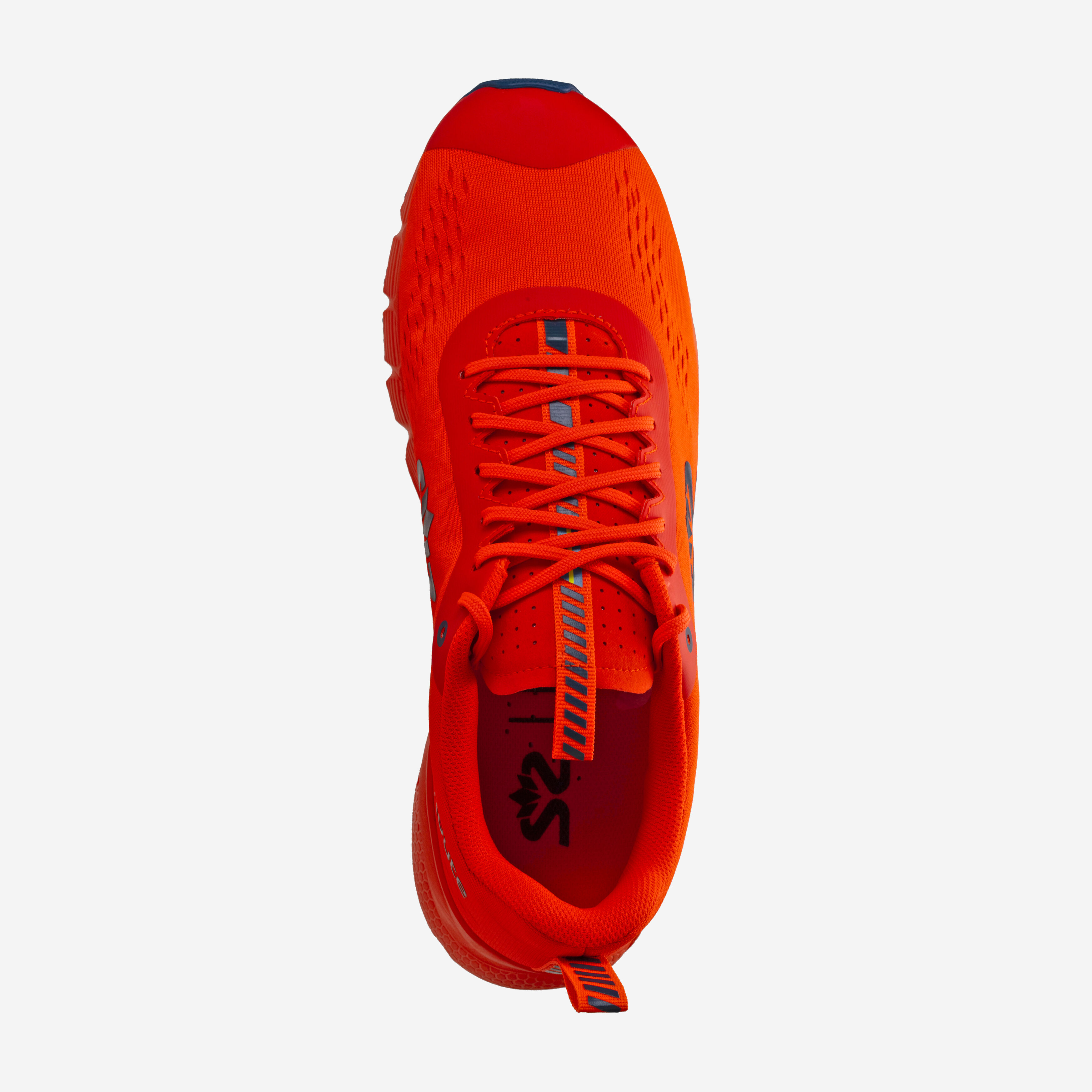

A slightly denser mesh, pocked with holes, to promote air flow and cooling.A thin net- or mesh-like material on the outside.Salming implemented a wrap-around design concept, producing the upper with three layers all working together: The designers at Salming get major props for nice branding, featuring the EnRoute name and the Swedish flag. Now that I have put more than 50 miles on them, the comfort is still similar to when I first slid them on my feet.Įven with the bulky, gusseted tongue, the shoes lace up easily and the extra padding protects against debris that would land on the top of the foot. I should also note the comfort was not insolated to my first or even second run in the Salmings.

It is perhaps the most padded tongue I have ever had on a pair of running shoes. Salming enRoute Upper Infoīesides the immediate sensation of comfort I felt in the shoes, the other initial observation I made was the tongue. Perhaps Salming decided to go all-in on a comfortable shoe for trainers, and eschewing more support for a more durable shoe, which would have weighed more. I would be interested in learning the theory behind this decision. It is softer, which makes the shoe lighter, but at the cost of lacking support. Visually, there appears to be less rubber at the heel. But for those who embark on hill repeats or seek decent climbing, the Salmings don’t provide a sufficient pushoff to make the workout effective or enjoyable. On flat or gentle trails, this is a minor concern. Yet there is a noticeable absence of power emanating from the heel. The Torsion midsole and Torsion Guide System were created for an effectively smooth flow, working to support the runner as he or she toes off to move forward. The Salmings provide absorption from the road but the energy does not transfer effectively to propel the runner forward. However the Salming toebox is tight, not roomy like in Altras, where the toes splay out in a more natural flow. The midsole is a new blend called Recoil, which feels a lot like Altras. They simply do not handle mud, wet or even rough pavement well. The lack of solid gripping or even small lugs is the most significant fault with the shoes for anything more challenging than a soft dirt path. When it comes to regular running, like a shorter, midweek recovery run, the EnRoutes will satisfy.īut I would not recommend them for longer runs or on trails. The heel tends to feel soft, instead of secure when traversing rough terrain.Ī firmer heel, allowing the runner to push off effectively, would go a long way in making this shoe acceptable for more than a training shoe. In fact, it’s almost soft and cushiony to a fault. The comfort is likely the most positive attribute of this running shoe.


 0 kommentar(er)
0 kommentar(er)
